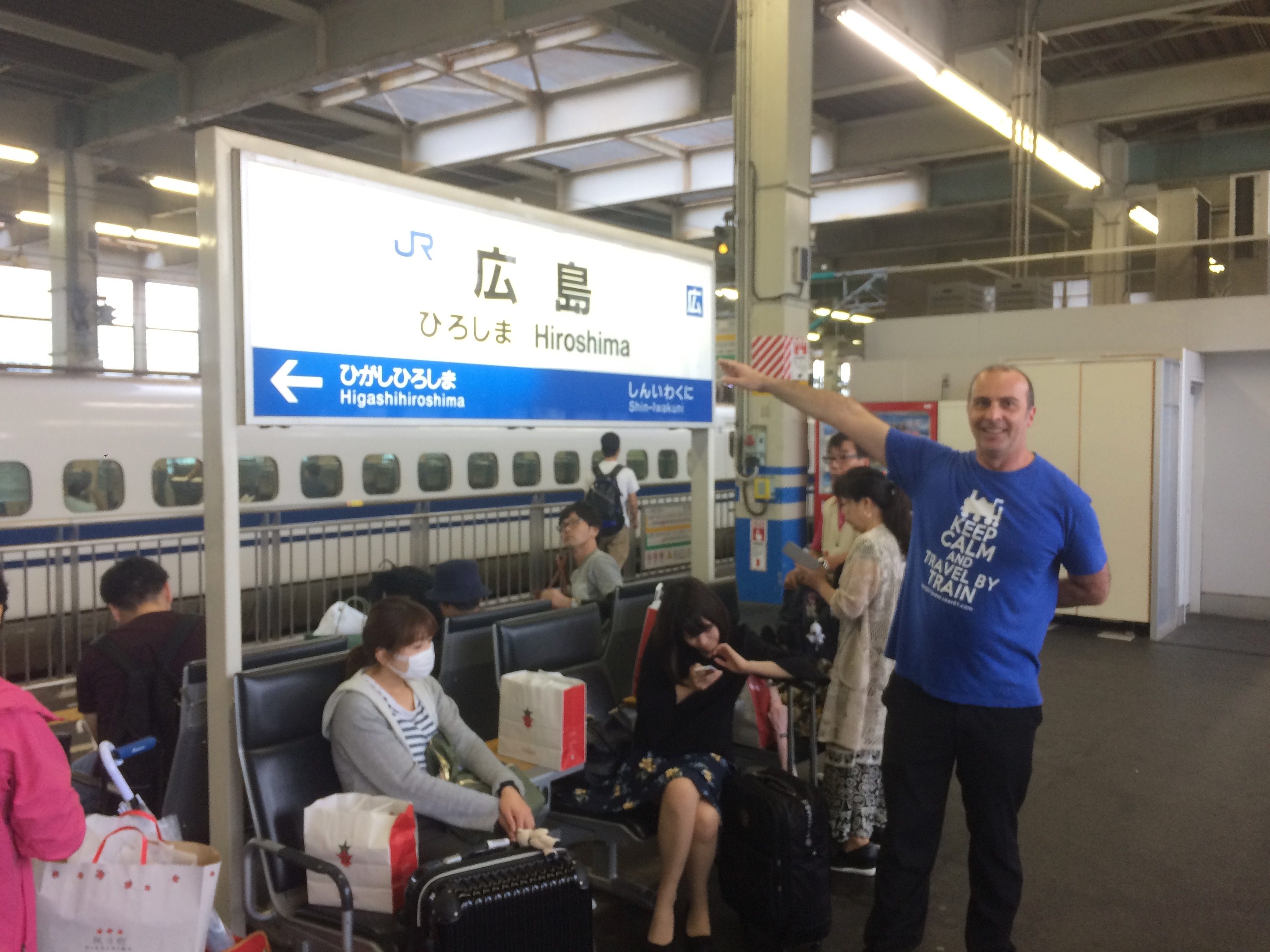 When I was three, my grandparents bought me my first book of trains. My second book followed when I was four. I must have read that book a hundred times and memorised every word. It was in that book, that I was introduced to the Japanese “Bullet Train” which was launched the year I was born. In 1964, they ran at speeds of up to 210 km/h (130 mph). Now they go up to 320 km/h(200 mph ). Today Japan’s high-speed network is the fourth largest in the world (after China, Spain, Germany) and has the second highest ridership after China.
When I was three, my grandparents bought me my first book of trains. My second book followed when I was four. I must have read that book a hundred times and memorised every word. It was in that book, that I was introduced to the Japanese “Bullet Train” which was launched the year I was born. In 1964, they ran at speeds of up to 210 km/h (130 mph). Now they go up to 320 km/h(200 mph ). Today Japan’s high-speed network is the fourth largest in the world (after China, Spain, Germany) and has the second highest ridership after China.
It has taken me many decades since I got my railway book to finally visit Japan and ride the famous Shinkansen which have now collectively carried ten billion passengers. Today there are seven Shinkansen lines operated by six Japanese Railway companies: JR Hokkaido, JR East, JR Central, JR West, JR Shikoku, and JR Kyushu:
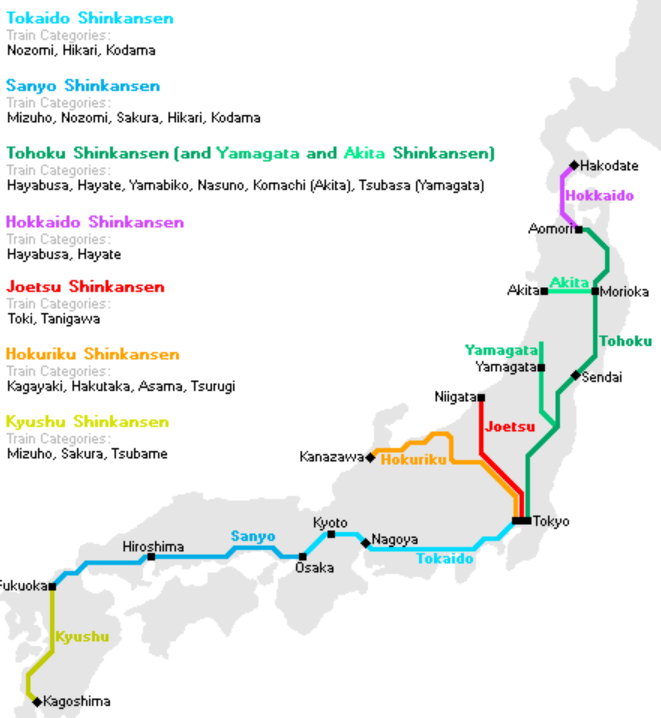
Booking: 7/10
Our journey from Hiroshima to Kyoto traversed the Sanyo and Tokaido routes. Non-stop it takes 100 minutes. There are some trains which take you to Osaka where you can change to another service which stops at Kyoto. With the split-second timings, this only adds ten minutes.
You can book online but note only JR East has a booking site in English as well as Japanese. The other rail companies have only Japanese websites. I imagine that will change.
You can also buy from a staffed counter or from an automated ticketing machine. While the machines look intimidating and seem to have a million steps, they are quite straightforward to use with options for Japanese or English. The most frustrating issue was that we found that the Credit Cards issued by my Australian banks did not work but we easily paid with one issued in Thailand!
Ticketing can feel a little overwhelming but once you understand how it works, it is pretty straightforward. The ticket price is made up of four components:
- Base fare Ticket (the jōshaken) is what it cost me to travel from Hiroshima to Kyoto.
- Shinkansen supplement (tokkyūken) is the extra fee for riding the Shinkansen as opposed to a slower local train
- Seat reservation fee – Our train had a mix of reserved and non-reserved carriages while other trains are all reserved seats. Seat reservations can be made from one month before travel. The supplement for a seat reservation varies depending on the season (low season, regular season or high season) and the type of train. Basically, the faster the train, the more expensive your seat reservation fee will be. The Nozomi is the fastest and most expensive followed by the Mizuho.
- Green car fee (First Class car) – if you want to ride First Class, you pay an additional fee
So if you travel on a local train without a reserved seat in low season, your fare will be much cheaper than a reserved seat in First Class (green car) during high season.
Our fare was a total of Y10,570 ($USD94.52) each for the ride by Nozomi Shinkansen.
If you have a Japan Rail Pass then you can ride some Shinkansen services for free. Seat reservations can be made for free at staffed ticket counters. The Pass cannot be used on the Nozomi and Mizuho trains.
Check-In: 10/10
There is no need to check in. One simply goes to the platform. Compared with the hassles of an airport, this is a dream.
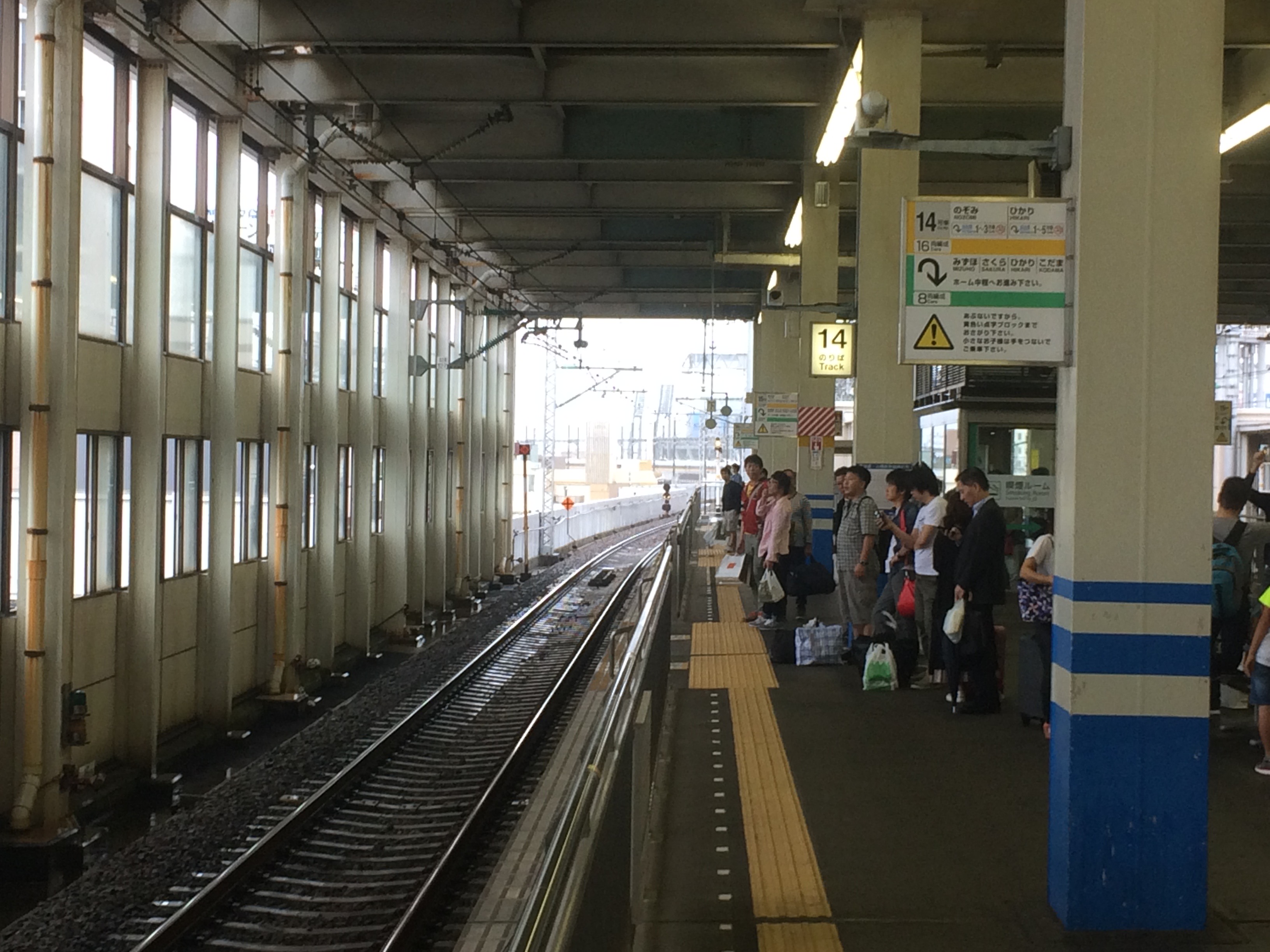
I was determined to be early so that I could soak up the “atmosphere” and buy a Bento Box (see Meals below). (Code: I was really excited to be fulfilling a childhood dream No greater gift to a child who was “wild about trains”). We got to watch a few other Shinkansens come and go. (Pity my long-suffering travel companion!)
Boarding: 10/10
At Hiroshima station, there are special gates for Shinkansen ticket holders. At other stations, you have to pass through two sets of gates- one to the ordinary platforms and then through another set to get to the Shinkansen platforms. The fare gates are similar to those used by metros around the world. Japan Rail Pass holders cannot use the automatic gate but have to show their pass to the staff at the staffed gates.

More signs on the platforms show exactly where each train will stop. Passengers will line up next to the place where their train carriage will stop prior to its arrival. Note some trains will be eight cars long and some 16.
Boarding times are short. Passengers hustled aboard without visible rushing and quickly and quietly found their seats. Seats are clearly numbered and there appeared to be little confusion as to where people are meant to sit.
On Board: 10/10
The ordinary seats were arranged in rows of five- with three seats on one side and two on the other. My Seat reclined and included a table, magazine pockets for magazines and an overhead storage area.
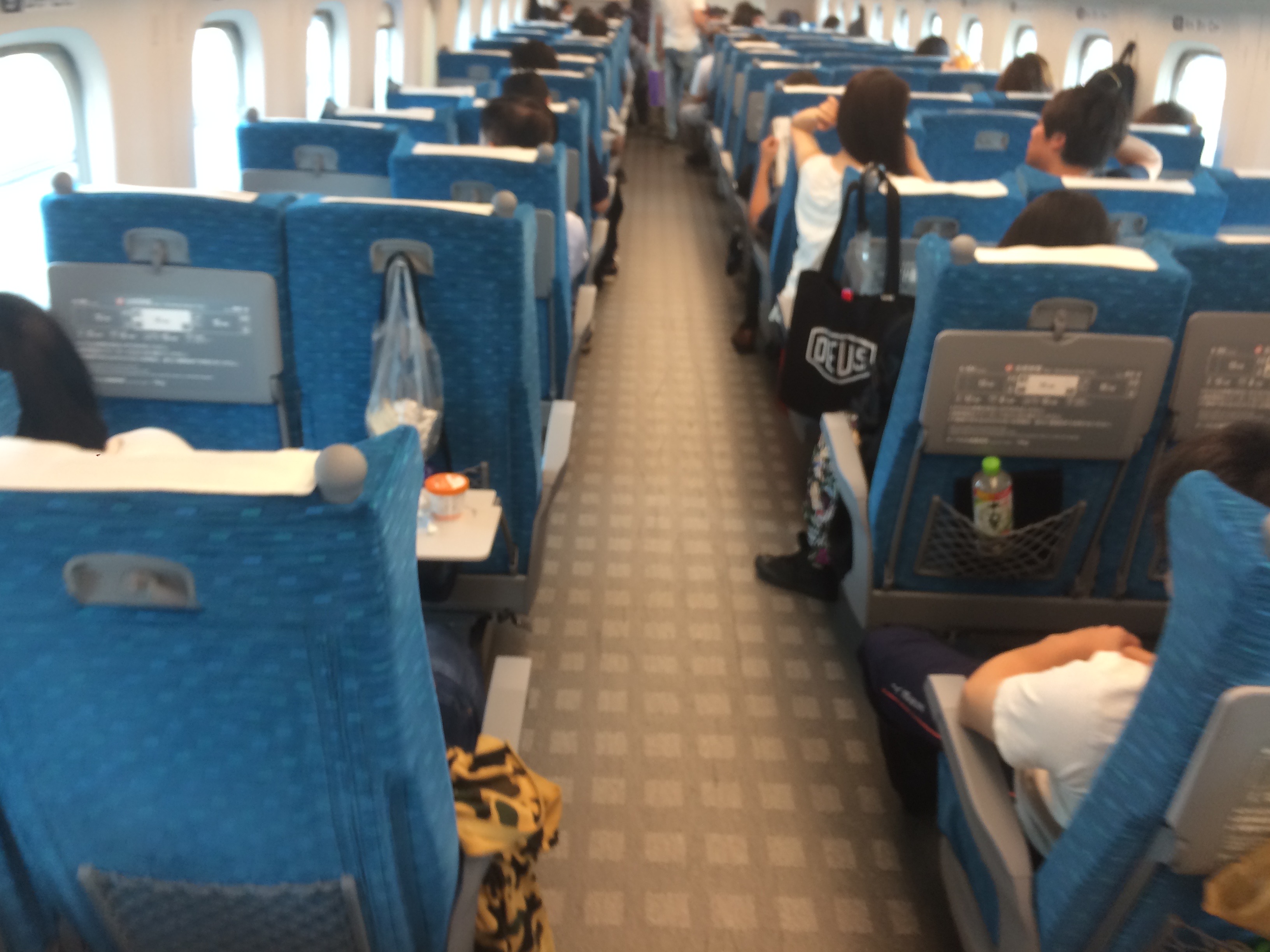
Green cars always come with rows of 2×2 seats that are wider and have more legroom than the Ordinary seats. These seats can also have bonuses such as footrests and reading lights and seat warmers
One thing we noticed, is that seats on Shinkansen trains can be turned by 180 degrees, allowing groups of travellers to have a group of four or six seats facing each other.
There are three smoking sections aboard. There are few countries where it is both possible and legal to smoke on a train and Japan is one of them.
 There are plenty of lavatories throughout the train: both the Japanse-style bidet types and men’s urinals.
There are plenty of lavatories throughout the train: both the Japanse-style bidet types and men’s urinals.
Acceleration and deceleration felt faster than on the TGVs or ICEs in Europe. The ride itself felt smoother and quieter than both.
Entertainment: 10/10
Electrical outlets were readily available through the whole train to plug-in phones and my laptop. Free wi-fi was available aboard. Why is this not automatic for all rail companies? Watching the changing views from the large windows as we roared through mountains, forests, rice fields and cities is one of the bonuses of High-speed train travel. No need for
Watching the changing views from the large windows as we roared through mountains, forests, rice fields and cities is one of the bonuses of High-Speed train travel. No need for onboard movies with those offerings, is there?.
Meals: 6.5/10
Catering on the Shinkansen is minimal. Even the Green Car does not include a meal (unlike the Thalys in Europe, for example). Trolleys with (expensive) Bento boxes snacks and drinks are wheeled through the train.
Every Japanese station seems to have has a “Bento alley”, a series of shops that sell a box containing portions of holds rice or noodles, fish or meat, with vegetables (pickled and cooked). I bought mine at the complex next to Hiroshima station.
They Bento meals are designed for travel or eating on the move.
Arrival
The ride was over way too soon! Arrival announcements are made in English and Japanese with plenty of notice to depart the train. Japanese passengers patiently wait for people to get off before boarding (this does not happen in some countries).

The Verdict
My Trip Rating: Overall 92% (4.6 out of 5).
Positives: On time Arrival, Experience
Negatives: Booking system and credit cards, Fare complexity
Would I ride this train again? Yes
There you go Grandma. I did it. Thank you again for the books that inspired my love of trains.

The original Bullet Train- the very first one that ever ran back n 1964 is on display at Kyoto Railway Museum.






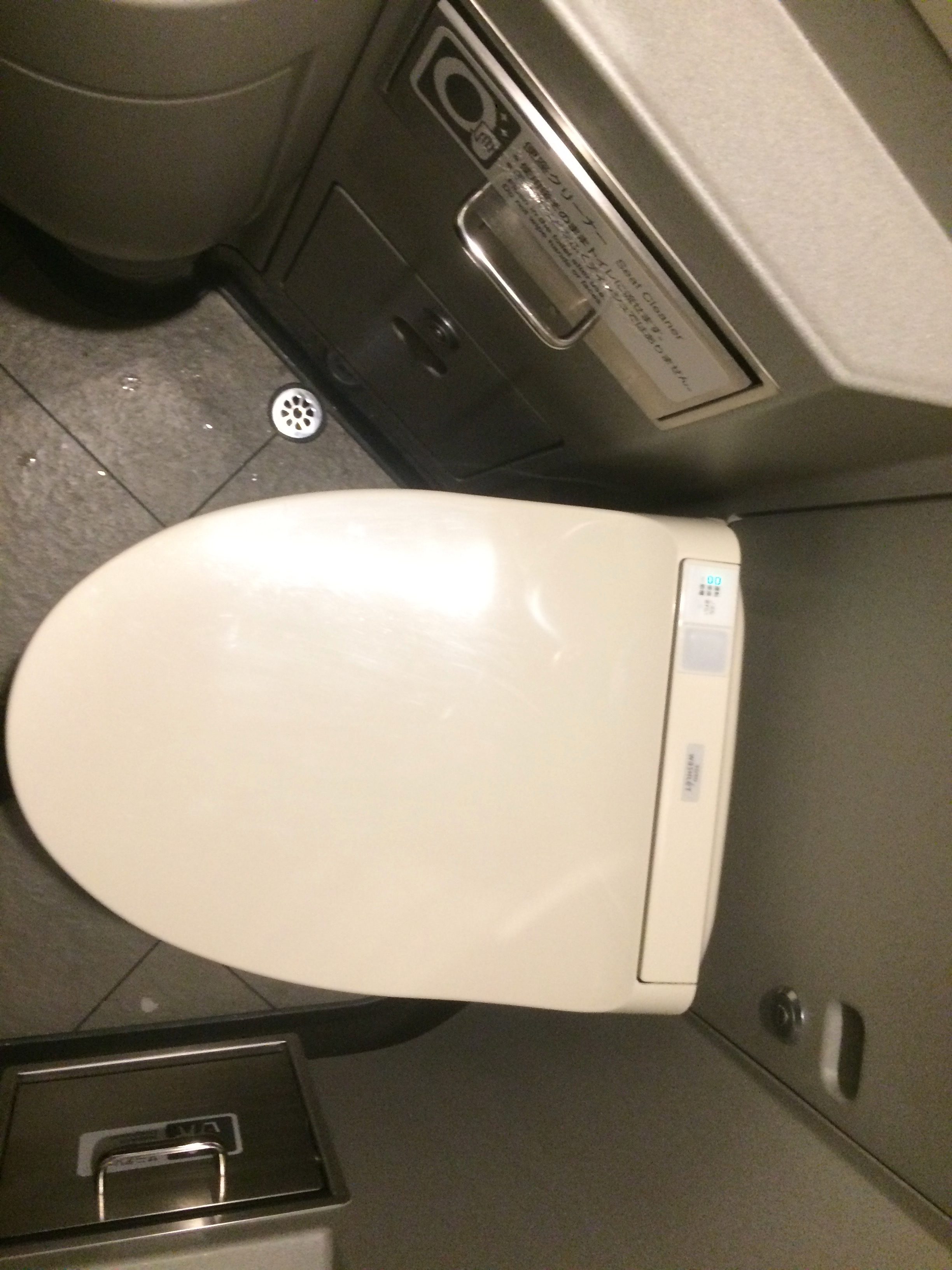



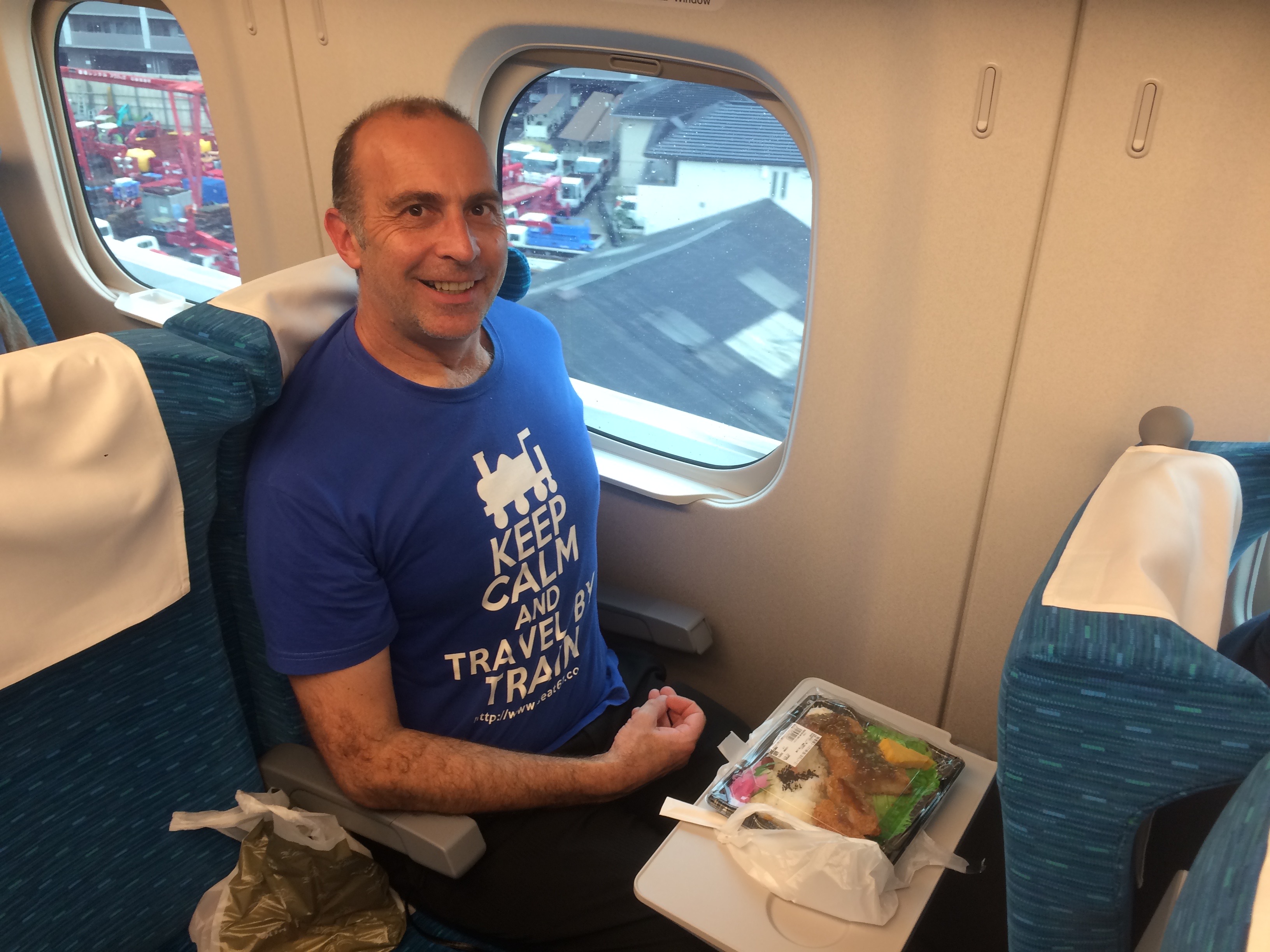


Great review – I love taking the Shinkansen when I visit Japan as well. If you’re staying within a JR region, they sell regional JR Passes as well as the country-wide one. I bought the JR-West Kansai-Hiroshima Pass for JPY 13,500. It allows Shinkansen travel (incl. Nozomi) between Hiroshima and Shin-Osaka, as well as local trains and JR busses within the JR-West network for 4 days. It even worked in the ticket gates!
Overall, I think the regional passes can be a better value if you’re staying for less than a week and want to stick to a (fairly large) region of Japan. It’s much cheaper and far less of a hassle as you can get them inside Japan.
WOW…WHAT A great innovation.